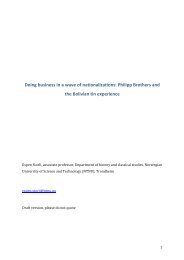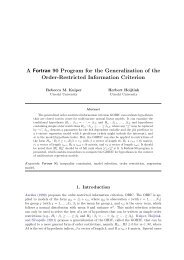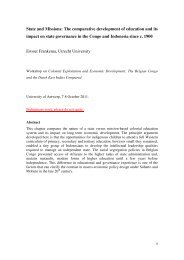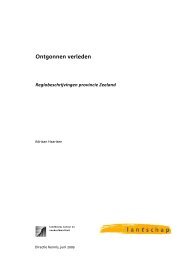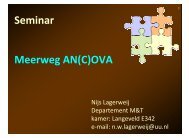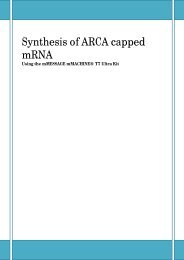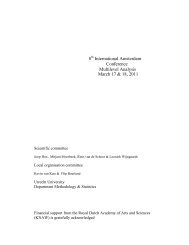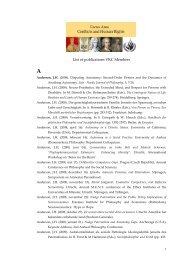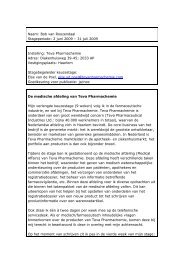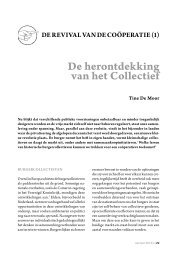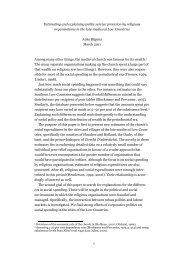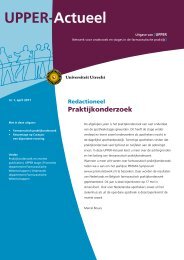New Approaches to Medieval Communication?1
New Approaches to Medieval Communication?1
New Approaches to Medieval Communication?1
You also want an ePaper? Increase the reach of your titles
YUMPU automatically turns print PDFs into web optimized ePapers that Google loves.
34 MARCO MOSTERTdevelopments in other disciplines. It had always been clear that the spokenword continued <strong>to</strong> play an important role also after the introduction of writing.The problem of the relationship between speech and writing gradually developedfrom an ‘either/or’-question in<strong>to</strong> a ‘more/less’-question.One of the first questions addressed by his<strong>to</strong>rians was that of the literacyof groups outside the literate elites (which at first were considered <strong>to</strong> consist ofclergymen only). Were the English medieval kings literate? V.H. Galbraithasked himself in 1935. 107 Did women participate in literacy? Herbert Grundmannasked a year later. 108 Were there monks who did not know how <strong>to</strong> readand write? Alfred Wendehorst wanted <strong>to</strong> know in 1963. 109 When the obvioustruth sunk in that not all medieval clerics were scholars, the literacy of regularand secular clergy was investigated. 110 All social groups have been dealt with,including the illiterate peasants: in 1984, Aron Gurevich devoted attention <strong>to</strong>the “peasant visions” of twelfth- and thirteenth-century oral and written cultureas he deduced them from learned Latin texts. 111Surprisingly, the use of writing in government, management and trade wasaddressed relatively late as a <strong>to</strong>pic of research in its own right. Probably thishas <strong>to</strong> do with the fact that general surveys of medieval literacy tend <strong>to</strong> privilegethese uses of the written word. Diplomatics, legal and institutional his<strong>to</strong>ryhad always studied the use of documents. In 1971 Ruth Schmidt-Wieganddrew attention <strong>to</strong> the relationship between the spoken word and legal symbolsin ‘German’ Carolingian poetry. 112 But there are few studies until the appearanceof Michael Clanchy’s From Memory <strong>to</strong> Written Record: England 1066-1307 in 1979. 113 This work, which by no means deals only with governmentand administration, may be said <strong>to</strong> have been an inspiration for the Germanpreoccupation with ‘pragmatische Schriftlichkeit’. Recently, the specialists ofcharters and documents have begun <strong>to</strong> realize the importance of rephrasingtheir research questionnaire in the terms of medieval communication and literacy.In 1997, for instance, Olivier Guyotjeannin, Laurent Morelle and MichelParisse devoted an issue of the Bibliothèque de l’École des Chartes <strong>to</strong> the usesof documents in the eleventh century, 114 in which recent research on orality and107No. 1092 (GALBRAITH, 1935).108No. 1108 (GRUNDMANN, 1936).109No. 1086 (WENDEHORST, 1963).110See Nos. 1058-1088.111 No. 1101 (GUREVICH, 1984).112No. 1159 (SCHMIDT-WIEGAND, 1971).113 No. 294 (CLANCHY, 1993; 1st edn. 1979).114 No. 1139 (ed. GUYOTJEANNIN, MORELLE and PARISSE, 1997).



